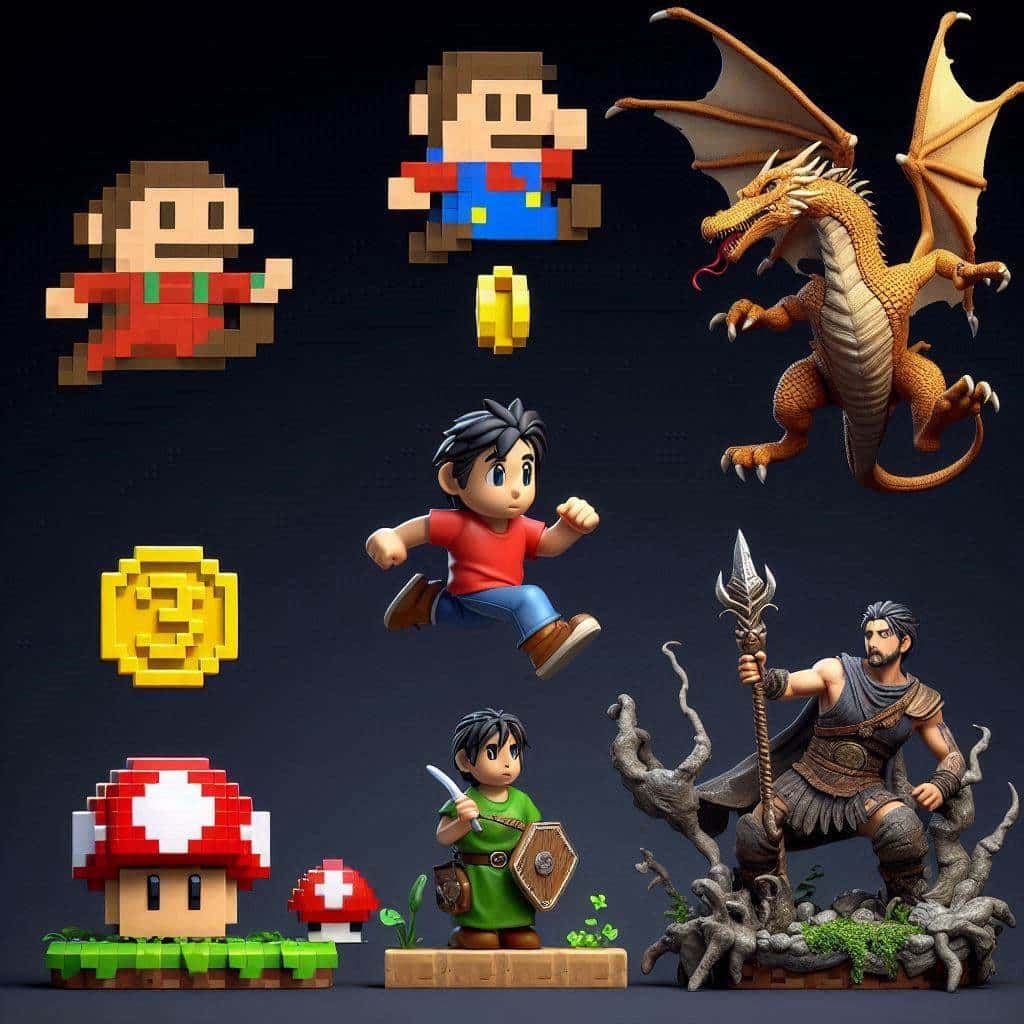Introduction
Gaming has come a long way since the days of pixelated screens and simple controls. The evolution of game mechanics has been nothing short of extraordinary, transforming games from basic forms of entertainment into complex, immersive experiences. This journey from Pong to modern games highlights the creativity and innovation that have defined the gaming industry. In this blog post, we’ll delve into the history and development of game mechanics, examining how they’ve evolved and shaped the way we play today.
The Dawn of Gaming: Simple Beginnings
Pong: The Birth of Video Games
When Pong was released in 1972 by Atari, it set the stage for what would become a multi-billion-dollar industry. Pong’s mechanics were straightforward: two paddles, a ball, and the objective of outscoring your opponent. Despite its simplicity, Pong captivated audiences and laid the foundation for future game development.
The 1980s: The Arcade Era and the Rise of Complexity
Space Invaders and Pac-Man: Introducing New Mechanics


The late 1970s and early 1980s saw the rise of arcade games like Space Invaders and Pac-Man. These games introduced more complex mechanics such as scoring systems, increasing difficulty levels, and unique character behaviors. Space Invaders, with its descending alien waves and defensive barriers, required strategic shooting, while Pac-Man introduced maze navigation, power-ups, and AI-controlled ghosts with distinct behaviors.
Donkey Kong and Mario: The Birth of Platformers


In 1981, Nintendo released Donkey Kong, a game that marked the birth of the platformer genre. Players controlled Jumpman (later known as Mario), navigating platforms, climbing ladders, and avoiding obstacles to rescue a damsel in distress. This game introduced multi-screen levels and the concept of jumping as a core mechanic, which became a staple in future platformers.
Read More : The Evolution of Graphics: From Pixel Art to Photorealism(Opens in a new browser tab)
The 1990s: The Era of Consoles and 3D Graphics
Super Mario 64: A Revolution in 3D Gaming
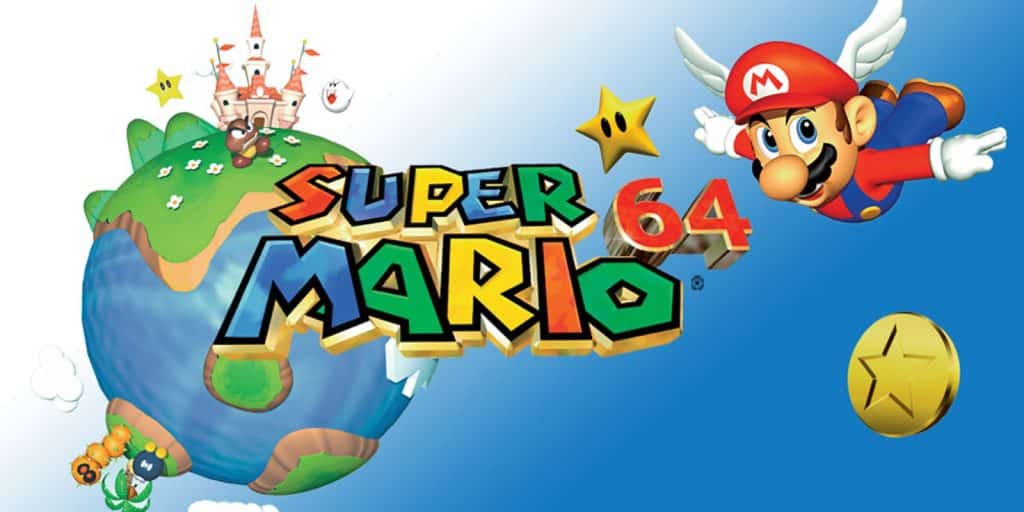
The release of Super Mario 64 in 1996 revolutionized game mechanics by bringing 3D graphics to the forefront. Players could now explore open worlds with a freedom of movement previously unimaginable. The game introduced camera control, precise jumping mechanics, and a variety of movement options, setting a new standard for future 3D platformers.
The Legend of Zelda: Ocarina of Time: Pioneering Adventure Mechanics
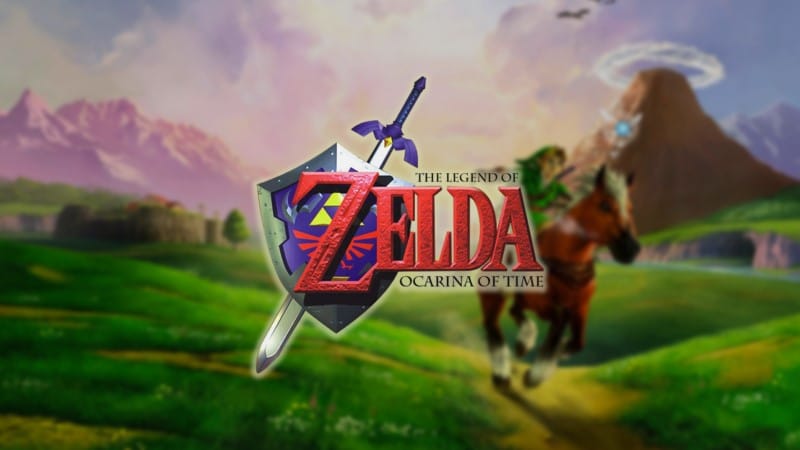
The Legend of Zelda: Ocarina of Time, released in 1998, is often cited as one of the greatest games of all time, largely due to its innovative mechanics. It introduced a lock-on targeting system, contextual actions (such as climbing and swimming), and a day-night cycle. These mechanics created a deeply immersive world and laid the groundwork for future adventure games.
The 2000s: Online Gaming and Open Worlds
World of Warcraft: The Rise of MMORPGs
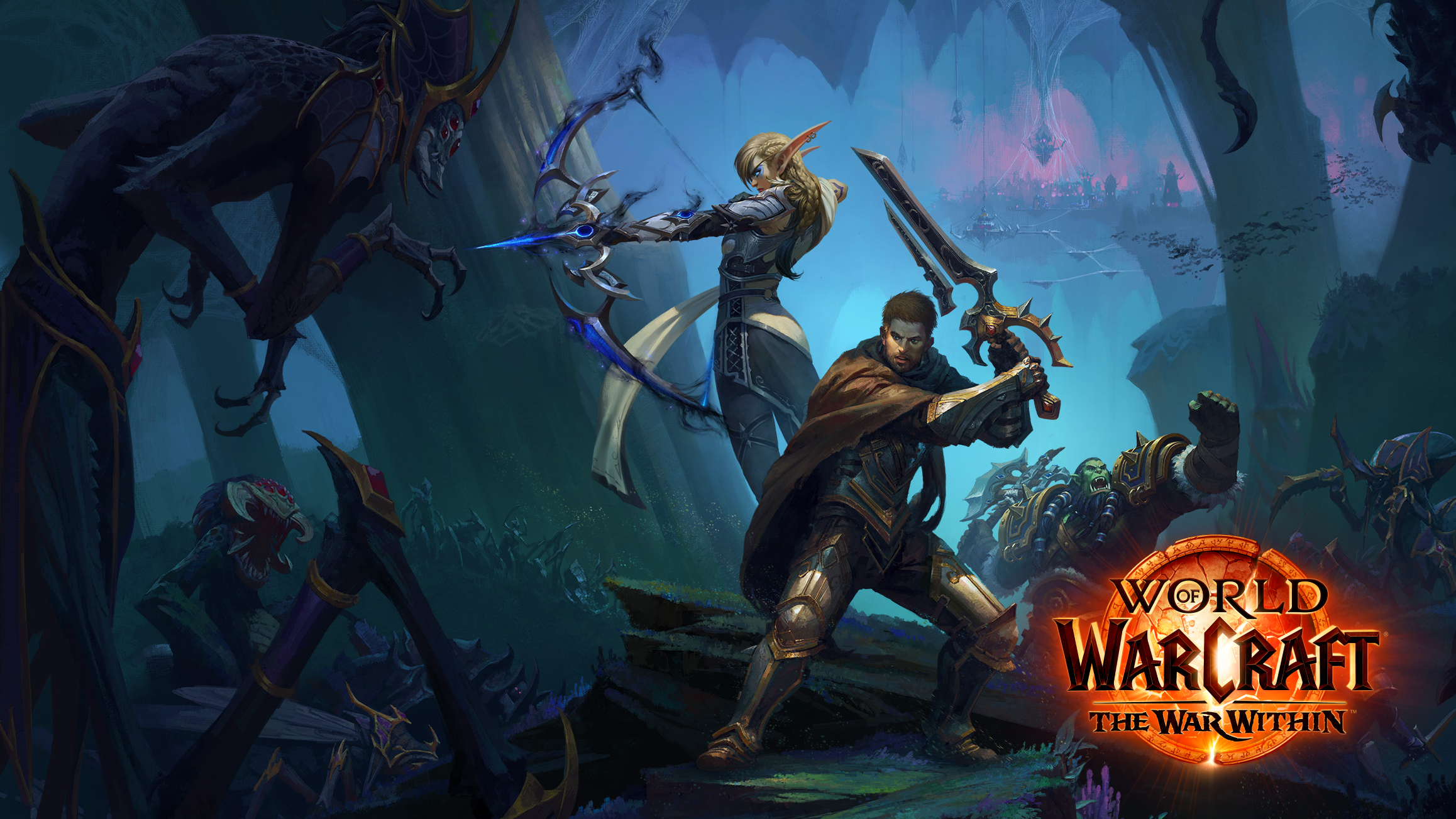
The launch of World of Warcraft (WoW) in 2004 marked a significant milestone in the evolution of game mechanics. As a massively multiplayer online role-playing game (MMORPG), WoW allowed thousands of players to interact in a persistent world. Key mechanics included character progression, quest systems, and cooperative gameplay. WoW’s success demonstrated the potential of online gaming and community-driven experiences.
Grand Theft Auto III: Defining Open-World Mechanics

Grand Theft Auto III (GTA III), released in 2001, redefined open-world gaming. Players were given unprecedented freedom to explore a living city, engage in various activities, and follow a non-linear storyline. The game’s mechanics included vehicle driving, on-foot combat, and an intricate wanted system, all contributing to an immersive and dynamic gameplay experience.
The 2010s: Innovations and Expansions
Minecraft: Creativity and Sandbox Mechanics

Minecraft, released in 2011, introduced a new paradigm in game mechanics with its sandbox-style gameplay. Players could gather resources, craft items, and build structures in a blocky, procedurally generated world. The game’s mechanics encouraged creativity, exploration, and survival, leading to a massive player base and countless user-generated content.
Dark Souls: Challenging Gameplay and Rewarding Mastery
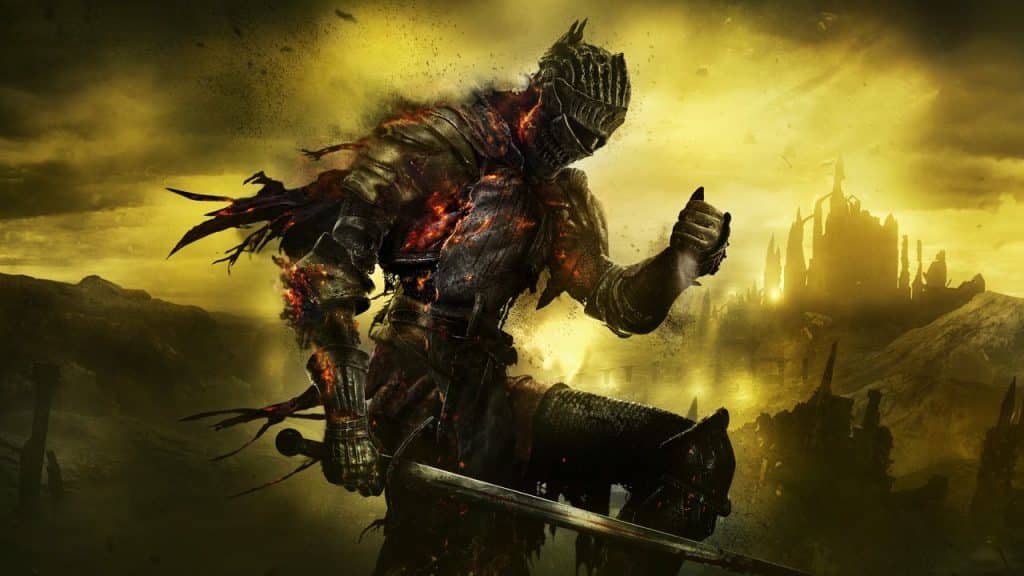
Dark Souls, released in 2011, became renowned for its challenging mechanics and intricate world design. The game introduced a risk-reward system, where players had to manage limited resources and carefully navigate through hostile environments. The combat mechanics emphasized timing, strategy, and skill, making each victory feel immensely rewarding.
Modern Gaming: Immersive and Interactive Experiences
The Witcher 3: Wild Hunt: Narrative Depth and Player Choice

The Witcher 3: Wild Hunt, released in 2015, set a new benchmark for narrative-driven games. Its mechanics included deep character interactions, branching storylines, and meaningful player choices. The game’s open world was richly detailed, with mechanics that encouraged exploration and immersion. The success of The Witcher 3 showcased the potential of combining strong storytelling with intricate gameplay.
Fortnite: Battle Royale and Social Gaming

Fortnite, launched in 2017, popularized the battle royale genre and introduced innovative mechanics that blended building and combat. The game’s success was also driven by its social features, including cross-platform play, regular updates, and in-game events. Fortnite’s mechanics encouraged both competitive play and social interaction, appealing to a broad audience.
The Future of Game Mechanics
Virtual Reality and Augmented Reality
The rise of virtual reality (VR) and augmented reality (AR) is poised to revolutionize game mechanics further. VR games like Half-Life: Alyx have introduced immersive mechanics that leverage hand-tracking, realistic interactions, and spatial awareness. AR games, such as Pokémon GO, blend digital elements with the real world, creating unique gameplay experiences that bridge the gap between virtual and physical spaces.
Artificial Intelligence and Procedural Generation
Advancements in artificial intelligence (AI) and procedural generation are also shaping the future of game mechanics. AI-driven characters can exhibit more realistic behaviors and adapt to player actions, creating dynamic and responsive worlds. Procedural generation allows for the creation of vast, unique environments, ensuring that no two playthroughs are the same.
Read More : The Impact of AI on Game Development: A New Era of Gaming(Opens in a new browser tab)
Conclusion
The evolution of game mechanics from the simple paddle-and-ball gameplay of Pong to the complex, immersive experiences of modern games is a testament to the creativity and innovation within the gaming industry. Each era has brought new ideas and technologies, pushing the boundaries of what games can be. As we look to the future, the continued advancement of game mechanics promises to deliver even more exciting and immersive experiences for players around the world.
Whether you’re a casual gamer or a hardcore enthusiast, understanding the history and evolution of game mechanics can deepen your appreciation for the games you love. As we continue to push the limits of technology and creativity, one thing is certain: the future of gaming is bright, and its mechanics will continue to evolve in ways we can only imagine.

